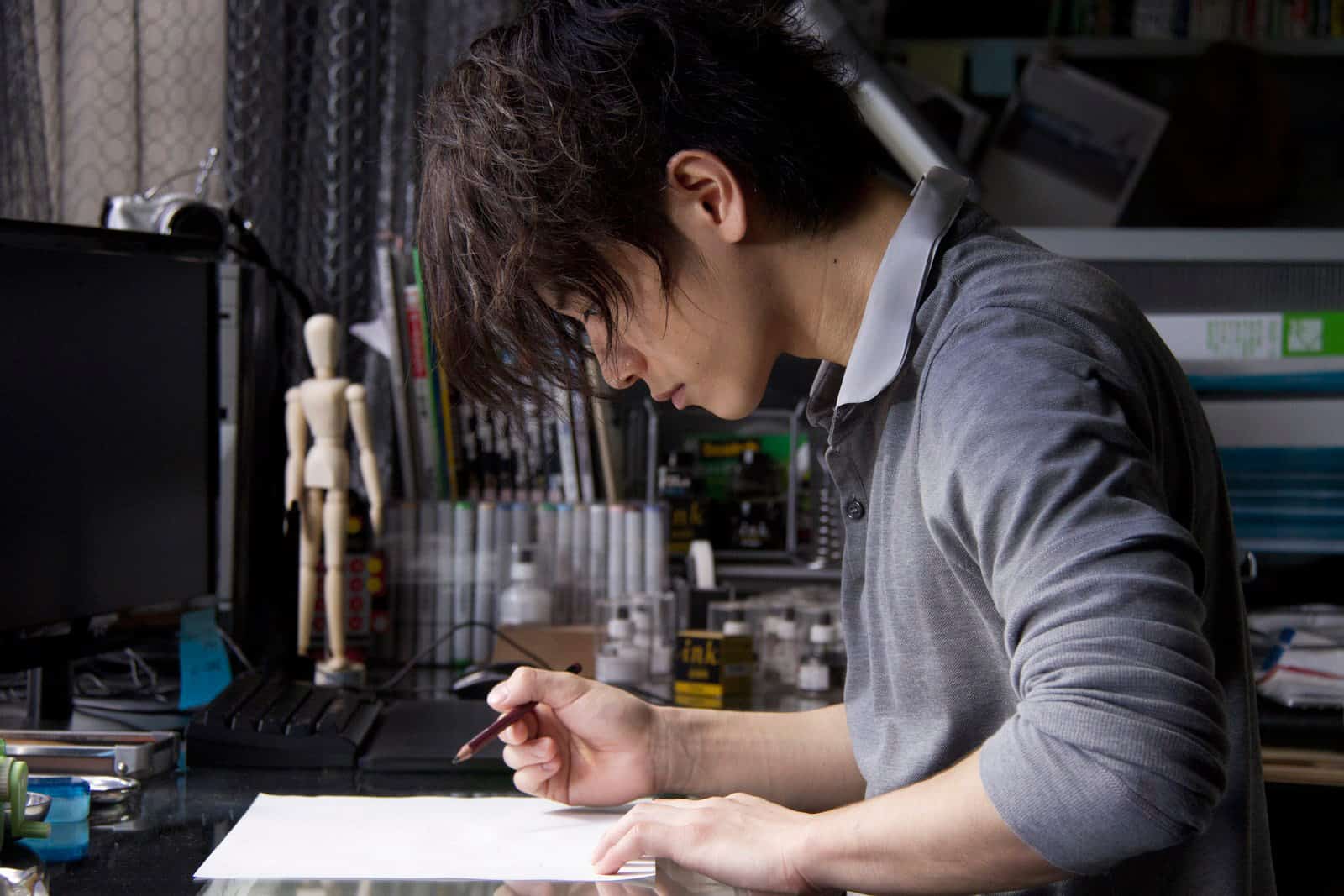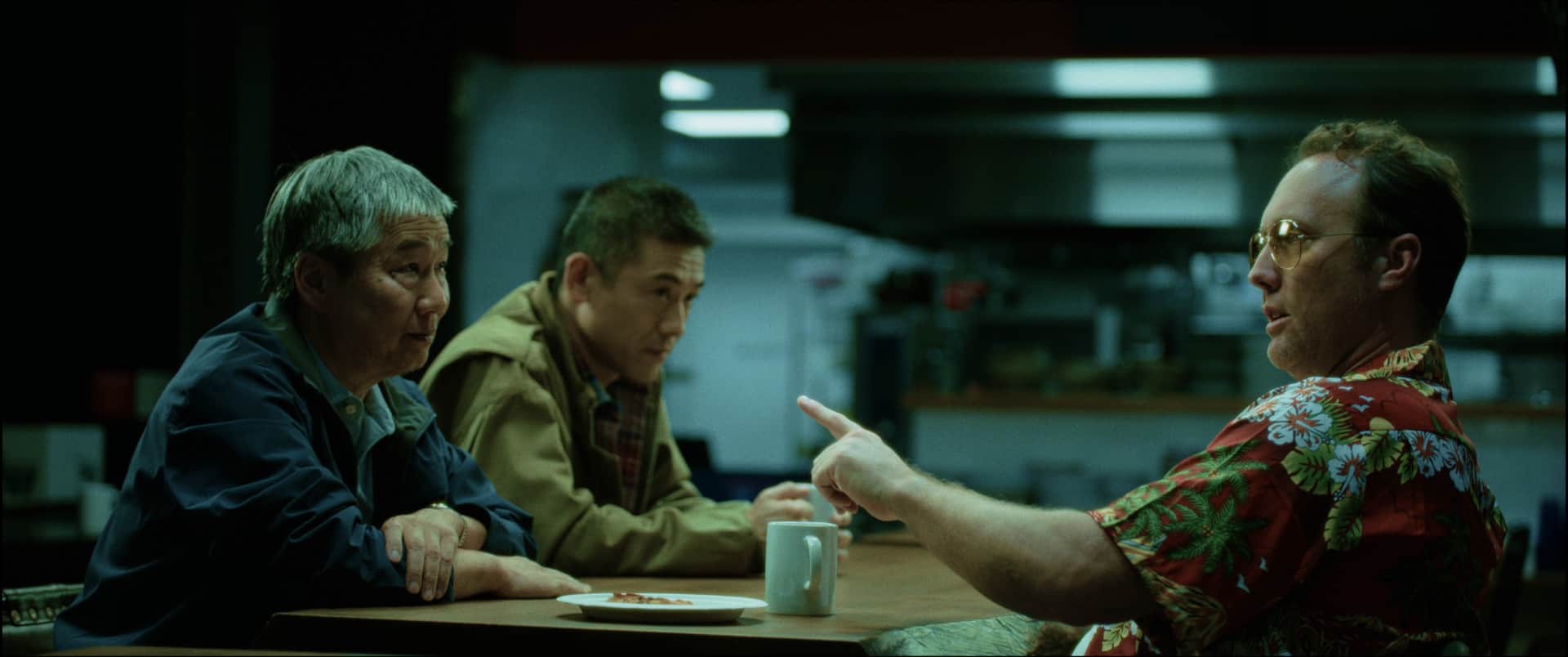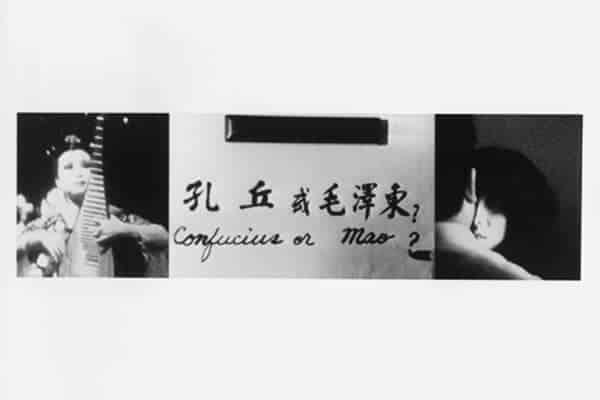While the original series based on the manga by Kota Hirano aired from 2001 to 2002, the story of the Hellsing Organization was picked up again in “Hellsing Ultimate”, an original video animation, produced by Satelight and Geneon Entertainment, and followed the original source more closely, adding more details to the characters and their storylines. No matter which version you enjoyed, there is no denying the appeal of the combination of elements of classical horror and dark fantasy which provided the core for the series, along with such colorful characters like Alucard. It is a series whose visuals linger on with the viewer for quite some time, while also playing with the themes of the classic horror tales it refers to frequently, mainly sexuality, temptation and seduction. Because “Hellsing Ultimate” is widely regarded as being the superior adaptation of the source material, it will be the focus of this review.
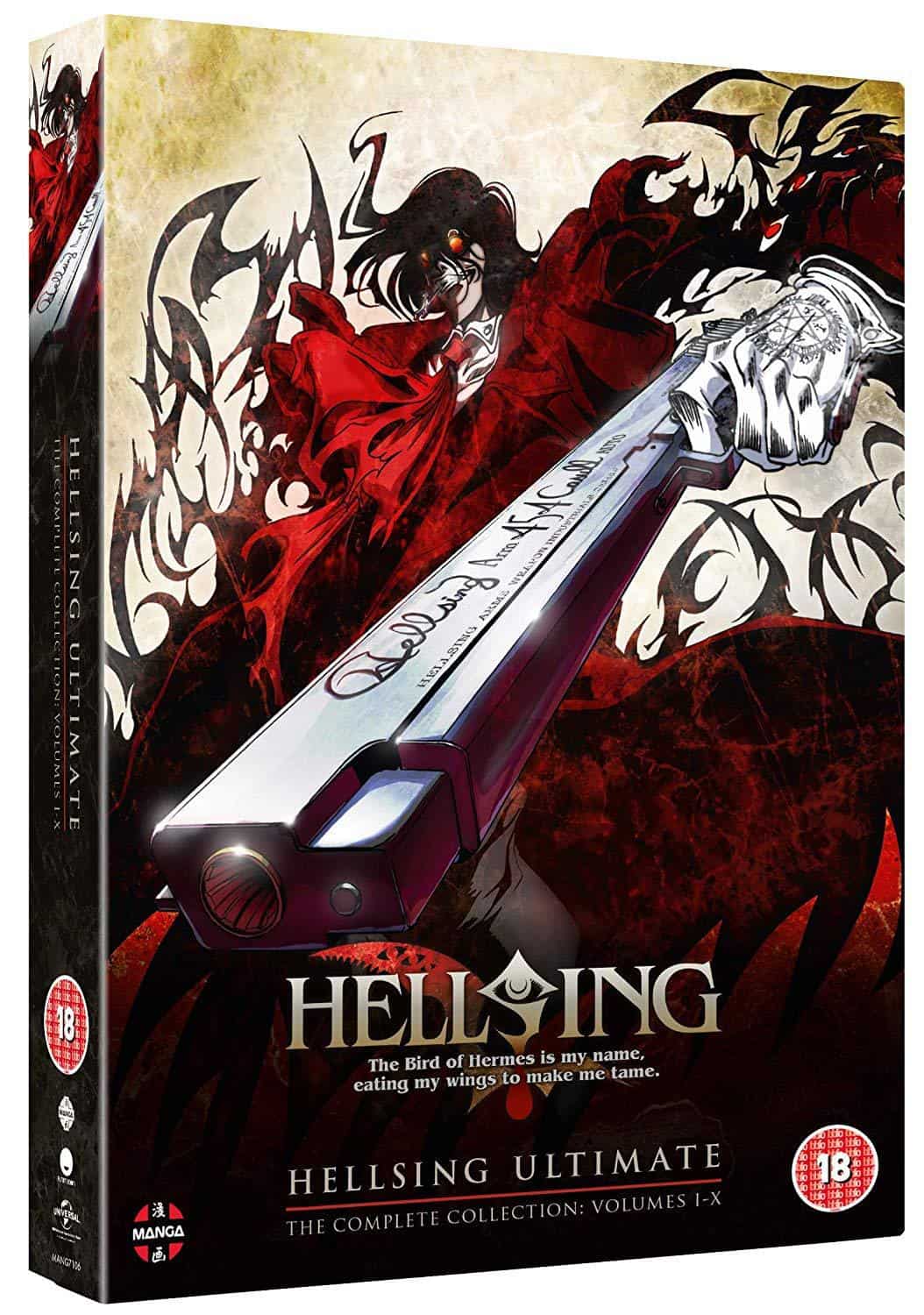
For centuries, the Hellsing Organization has been working underground saving the world from supernatural threats. Led by Integra Hellsing, it has managed to be victorious through many years, even though there is tension between her and the Vatican who controls a similar organization and has taken offense with the kind of soldiers Hellsing sends into the field. Its greatest asset is Alucard, an ancient vampire and loyal servant to Integra Hellsing, whose powers have thus far defeated every enemy to the organization, and every target he was told to eliminate. After an attack of ghouls, controlled by a vampire priest, a police officer named Seras Victoria is gravely injured, and given the choice by Alucard to either die or join him as his servant by his side, thus becoming another soldier for the organization.
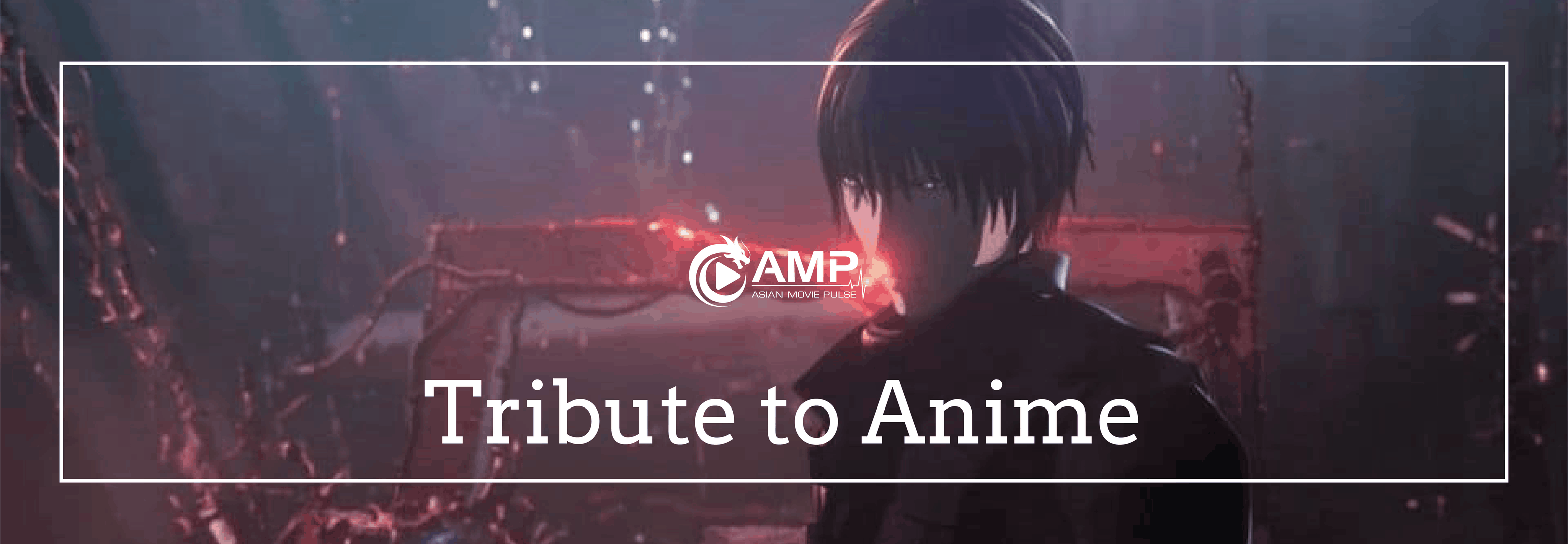
However, there is not a lot of time for Seras to become acquainted with the vampire powers, since a series of recent attacks has upset the government. As both the Vatican and the Hellsing Organization start investigating into the matter, a vicious attack nearly destroys Hellsing headquarters, with Alucard and Seras managing to eventually fend off the supernatural attackers. With only the word “Millennium” to go on as a clue as to who is behind the attacks, Hellsing sends her soldiers and loyal servants to find out more, which turns out to be a dangerous battle for Alucard and Seras, which not only reveals the vampire's past but also decides upon the fate of mankind.
Perhaps the best way to describe the appeal of a series like “Hellsing” is to see it in the context of the vampire movie having made a comeback in the 1990s. With features like Stephen Norrington's “Blade”, Robert Rodriguez' “From Dusk Till Dawn” and John Carpenters “Vampires”, the character was introduced to the modern era as well as to a whole new generation of cinemagoers. While the quality of the aforementioned features and their follow-ups varied, with some of them being made for mere commercial reasons whereas others took the vampire mythology more seriously, “Hellsing” most certainly made an effort to honor the source material, the manga as well as the works Hirano took inspiration from, and also delivered an a modern take on the character. Even though there are entire side-stories which could be mentioned as an example, as well as the setting itself, which blends modernity and the Victorian roots of the literature surrounding vampires, the character of Alucard showcases best the thematic and aesthetic appeal of the series. Voiced by Joji Nakata, the character is both a vicious killer, who enjoys playing with his prey and taunting his enemies, and a seducer, whose true power is only superseded by his intelligence and wit. Alucard is a truly great character, with its design and animation easily being the best aspect of the entire series.
At the same time, the narrative itself blends the fights against a greater evil, typical for Victorian horror, with a dynamic, often very action-oriented approach. While some of the plot elements, for example the addition of Nazis trying to take over the world, feels more like something out of a pulp novel, the action scenes, especially the fights, are very entertaining, well-edited and -animated, and often quite bloody. Perhaps the only weak aspect of the series are the scenes involving Seras, a character whose only purpose is at times to offer some comic relief, which often seems weird and at odds with the overall tone, even though this is only in the first few episodes.
In the end, “Hellsing” or “Hellsing Ultimate” is a truly entertaining series, combining the appeal of Victorian horror and a modern, action-oriented approach. During the course of its ten episodes especially fans of horror will most certainly find much to like, from an intriguing narrative, lots of gore and, above all, interesting characters.




